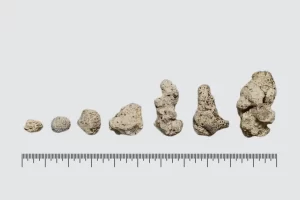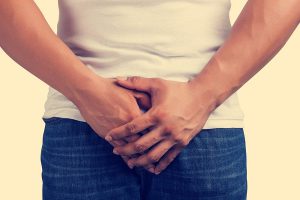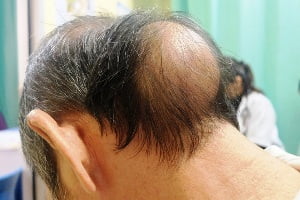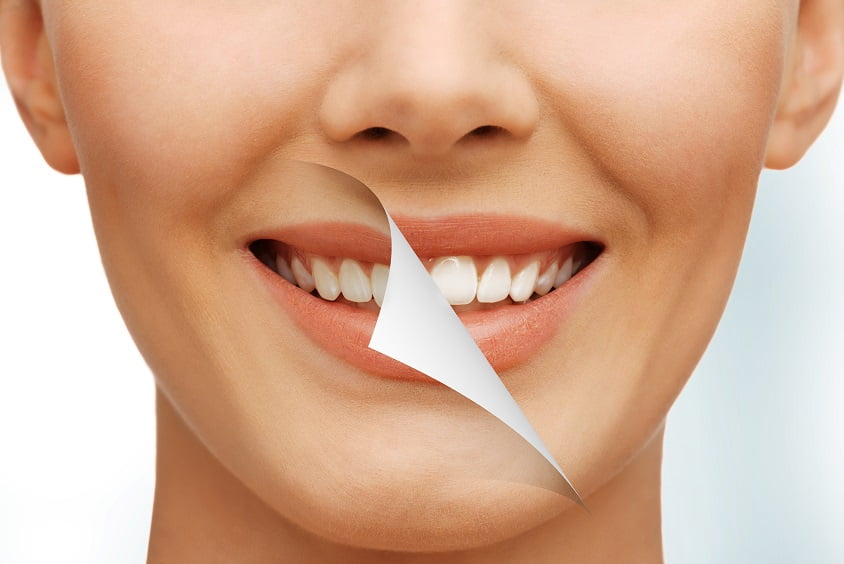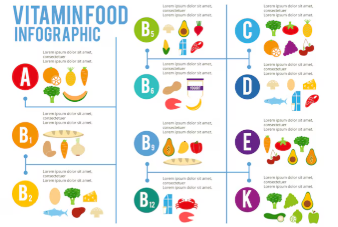Teeth whitening is the bleaching of teeth that lightens the pale color of your teeth and makes your smile brighter. Your teeth become yellowed with age, and discoloration occurs because of some extrinsic and intrinsic factors. Several procedures and products are available that bring back the shine of your teeth.
We will discuss those products and procedures so you can select the best dental practitioner who uses the safe whitening procedure to brighten your smile.
What fades the whiteness of your teeth?
Your teeth may be stained or lose their witness or shine due to the following factors.
Extrinsic staining agents
Tobacco
Tobacco contains nicotine and tar, which are chromogens. The components of tobacco combine with oxygen and stain the outer surface (enamel) of the teeth.
Red wine, tea, and coffee
Tea, red wine, and coffee contain tannin or tannic acid. These are pale yellow compounds. The chromogenic nature of tannin stains your teeth yellow, and the acidic nature of this compound deteriorates the enamel of your teeth and thus helps in chromogen binding.
Dental plaque
Food, saliva, and normal flora of the mouth, like Lactobacillus and Streptococcus mutans, form a film over the teeth called plaque, and this biofilm makes teeth yellow. When you eat high carbohydrate-containing compounds, the normal flora of the mouth ferments these compounds, resulting in the pro acid. It demineralizes the tooth enamel and decreases the whiteness of teeth.
Intrinsic staining agents
Intrinsic stains color the dentin (inner layer) of the tooth. Sources that discolor the inner layer of teeth include:
Aging
The first layer of teeth degrades gradually with age because of demineralization, so the stains or chromogen penetrate the dentine easily and stain it, giving your teeth a yellowish appearance.
Antibiotics
Some antibiotics, such as tetracycline, doxycycline, and minocycline, may also stain your dentine. These antibiotics produce a yellow pigment that progressively turns brown. Those children that use these antibiotics during the duration of tooth growth may have discolored teeth.
Other causes of intrinsic staining include the usage of antihistamines, antipsychotics, and blood pressure drugs.
What is the mechanism of Teeth whitening?
Teeth whitening products contain agents that prevent the redeposition of staining material. Teeth whitening also involves the mechanical removal of stains (abrasion) and may perform proteolytic activity. Some whitening agents also contain hydrogen peroxide which serves as a bleaching agent. Bleaching removes the yellowishness of your teeth and gives your teeth a brighter look.
How can I whiten my teeth?
You can whiten teeth in-office (by a dentist) and over-the-counter OCT (by yourself).
Teeth whitening at the dentist (in the office)
When the dentist or dental therapist performs teeth whitening, we call it in-office teeth whitening. The dental practitioner applies a powerful bleaching agent (carbamide peroxide) on the teeth. Carbamide peroxide contains 3-16% hydrogen peroxide.
The bleaching agent has a strong oxidative effect. It oxidizes the organic chromophore (the reason for yellowishness) and gives your teeth a whitening effect. Improper whitening treatment can damage the gum and tongue of the patient.
Dentists use rubber dams and gauze to protect the gum and tongue from the bleaching effect. Laser or UV light applies to a bleaching agent to enhance oxidation or to speed up the reaction rate. It increases the temperature, so the rate of oxidation increases. This treatment takes 30-60 minutes to complete and it is more effective than at-home treatment.
Over-the-counter teeth whitening method
Over-the-counter whitening methods mean the use of the below-described whitening system without a dental therapist’s prescription.
Whitening Toothpaste
Whitening toothpaste contains abrasives that mechanically remove the external stain of your teeth. Compared to the toothpaste that is generally used, whitening toothpaste contains a higher amount of abrasives. Some abrasives commonly found in whitening toothpaste are hydrated silica, calcium carbonate, and sodium bicarbonate.
The hard chemical abrasives remove the outer layer of your teeth and expose the dentine.
These specialized kinds of toothpaste contain hydroxyapatite. Sometimes it also contains calcium phosphate as a polishing agent.
Whitening toothpaste contains only a small amount of calcium peroxide and magnesium peroxide as the bleaching agent.
Whitening strips
Whitening strips are peroxide-based strips. These strips are available both for professional dentists and for over-the-counter use. Whitening strips are adhesive, stick to the teeth, and release hydrogen peroxide.
The method of application of whitening strips varies with the brand. For using these strips, follow the guideline of the product. According to the general instruction, this whitening system takes approx. Fourteen days to lighten the shade of your teeth by 1 to 2 shades.
Whitening gel
Like whitening strips, the gel also contains peroxides that oxidize the stinging agent on the teeth. You can apply it directly to your teeth with a small brush according to the manufacturer’s instructions.
Teeth whitening rinses
Rinses for teeth whitening also contain hydrogen peroxide that removes the superficial stain of the teeth. Rinses not only give whiteness to the teeth but also freshen up your breath and decrease the risk of teeth and gum disease.
Over-the-counter mouthwash (rinses) contains peroxides of up to 6%. One benefit is that the mouth rinses do not create any deteriorative effect on tooth enamel.
Conclusion
Several whitening treatments are available that can be done at home under the supervision of a dentist and in the dental clinic by a dentist (at the office). Teeth whitening products are strong bleaching agents that may damage your gums, so it is suggested to opt for an experienced Chicago dentist. The dentist will produce good results without any gum damage by using his experience.
